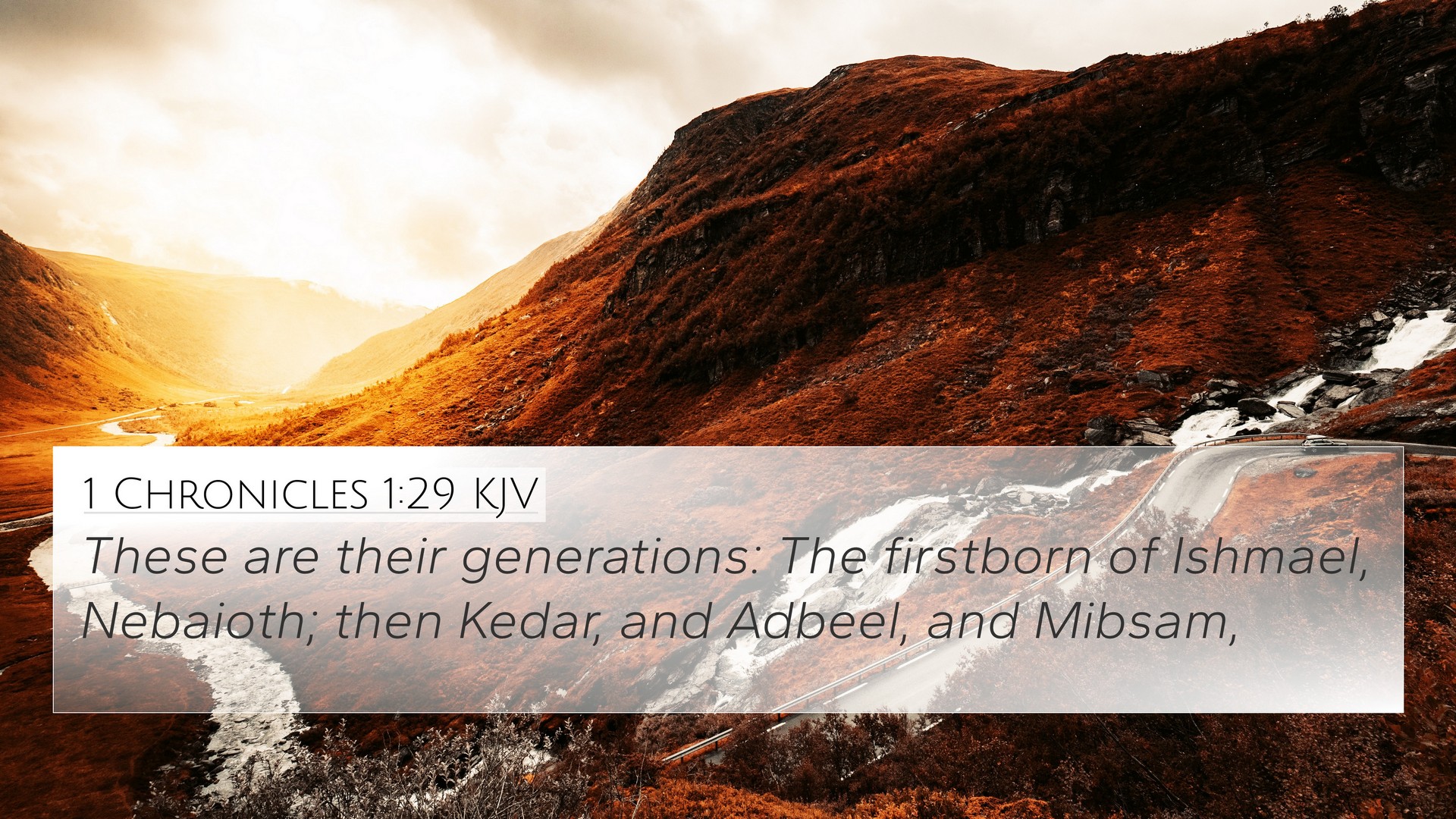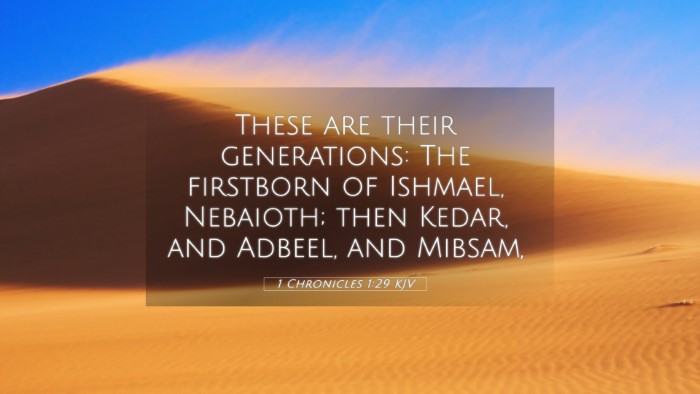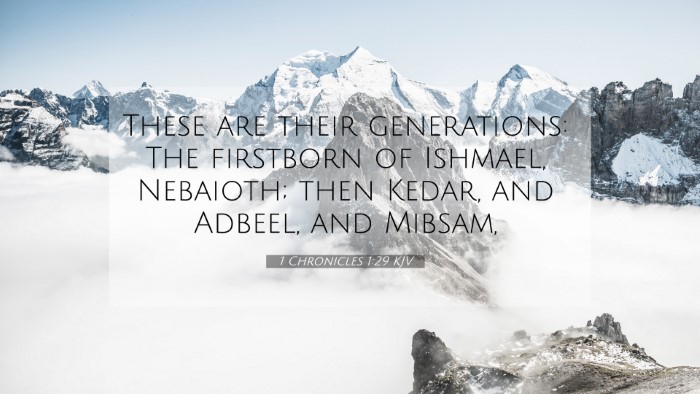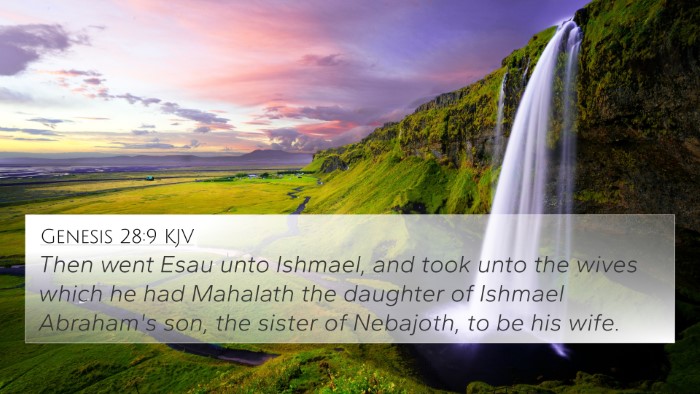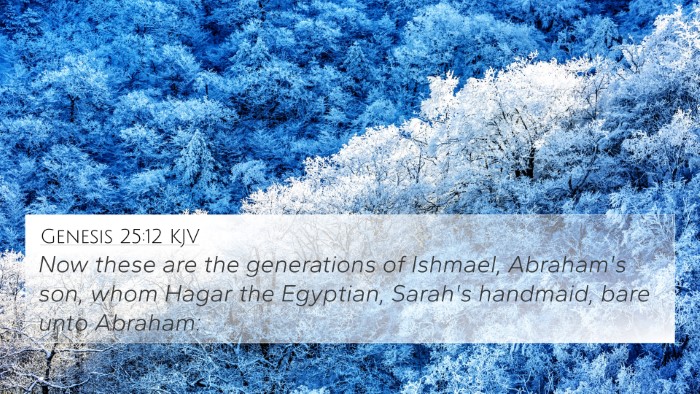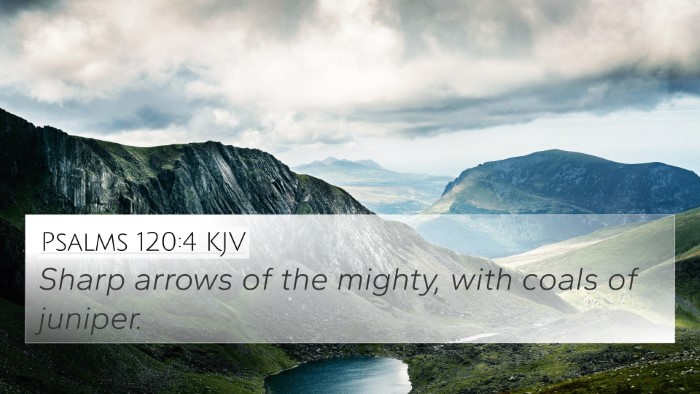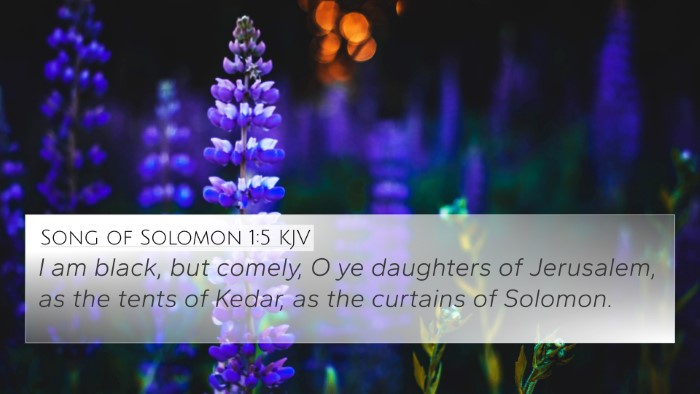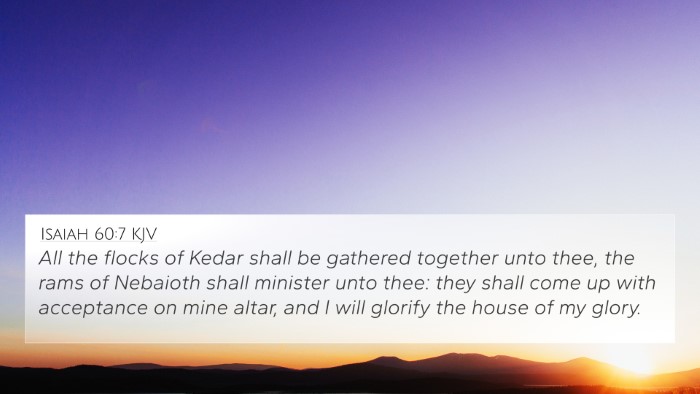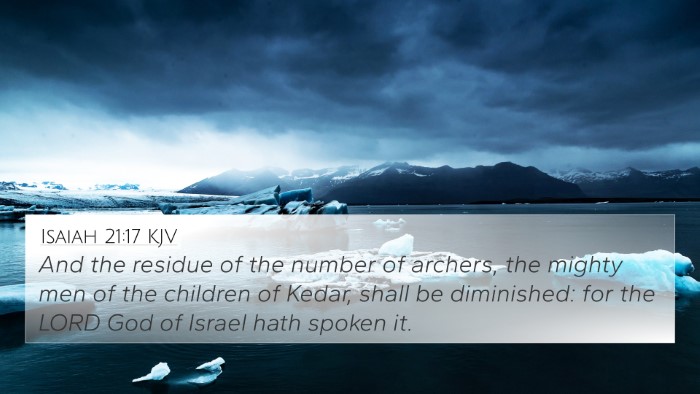Understanding 1 Chronicles 1:29
1 Chronicles 1:29 states: "These are their genealogies: the father of Eber, the father of Peleg, for in his days the earth was divided; and his brother's name was Joktan." This verse is part of the genealogical record in the context of the lineage of the people after the flood.
Meaning and Explanation
The verse highlights the descendants of Eber, a significant figure in the lineage of Abraham, focusing on two sons: Peleg and Joktan. The mention of Peleg is notable as it is traditionally interpreted to refer to the division of peoples or the earth itself during his days.
Commentary Insights
- Matthew Henry's Commentary:
Henry notes that this verse places Peleg at a crucial time in human history when the earth was divided, indicating both a geographical and possibly linguistic separation among the peoples. Following the Tower of Babel event, societies began to emerge with distinct languages and cultures.
- Albert Barnes's Notes:
Barnes emphasizes Eber's significance as the father of the Hebrew people, highlighting the importance of this genealogy in establishing the Israelites' heritage. He connects the division of the earth with the broader theme of God's governance over humanity's dispersion.
- Adam Clarke's Commentary:
Clarke interprets the division mentioned in this passage as a reflection on God’s providence. He discusses the implications of names and how they often signify characteristics or events related to the individuals, with Peleg being associated with division.
Cross-References
1 Chronicles 1:29 provides a rich field for cross-referencing, enhancing our understanding of various Biblical themes related to genealogy and divine intervention in human history. Here are relevant cross-references:
- Genesis 10:25: Describes the division of the nations in the context of the descendants of Noah.
- Genesis 11:8-9: Relates to the scattering of humanity after Babel, an event closely associated with Peleg.
- Luke 3:35-36: Traces the genealogy of Jesus back to Abraham, reinforcing the ancestral importance of Eber.
- Hebrews 7:14: References the connection of Jesus to Judah, which ultimately traces back to the lineage noted in Chronicles.
- Acts 17:26: States that God made every nation from one man, tying into the theme of division and dispersion.
- Matthew 1:1-16: Discusses the genealogy of Christ, reflecting on the continuity and significance of Old Testament figures, including those mentioned in Chronicles.
- Genesis 12:3: God's promise to Abraham includes a reference to his descendants, connecting to the line that includes Eber and his progeny.
Thematic Connections
Understanding 1 Chronicles 1:29 reveals several themes that resonate throughout both the Old and New Testaments:
- Divine Sovereignty: The division of the earth reflects God's control over human affairs.
- Heritage and Identity: Genealogies serve to establish identity within the larger narrative of God's people.
- Integration of Cultures: The resulting divisions highlight the diversity of languages and nations that emerged.
Using Cross-References for Deeper Understanding
Utilizing resources such as a Bible concordance or a Bible cross-reference guide can significantly help in linking Bible verses. Engaging with a cross-reference Bible study allows the user to explore the interconnectedness of scriptures, particularly in relation to events like the dispersion at Babel.
Conclusion
In summary, 1 Chronicles 1:29 not only presents genealogical information but also opens up profound themes relating to God's sovereign plans for humanity. By examining this verse alongside others, one can uncover the intricacies of inter-Biblical dialogue, identifying connections that illuminate the text's meaning.
For those interested in learning more, tools for biblical cross-referencing can provide a comprehensive understanding of how various scriptures interact. As we study Bible verses that relate to each other, we enhance our grasp of God's narrative as presented throughout His Word.
